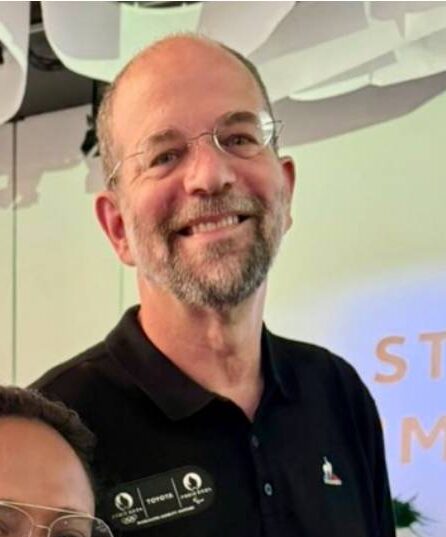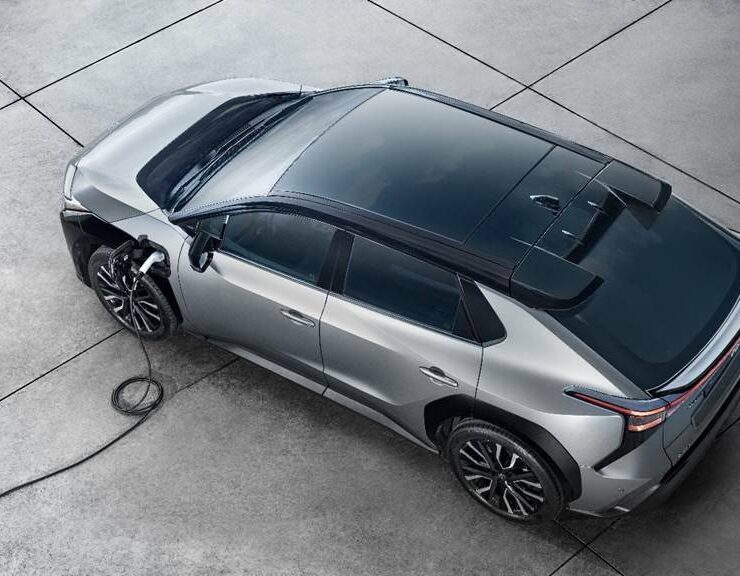EVs are (part of) the future

I keep hearing EV proponents and EV manufacturers saying “EVs are the future.”
So, I keep imagining a future with no internal combustion engine-powered vehicles running on the roads. All cars are now powered by batteries.
Well, initially the picture looks certainly pleasant. There are much quieter streets, even at the busiest hours. The city air is clearer, and smells much fresher; we aren’t inhaling noxious fumes.
But in this world, where have all the billions of fossil fuel-powered cars gone? Swallowed up by the Earth, never to be seen again?
I’ve been to two legit End-of-Life Vehicle dismantling facilities in the last 10 months–by legit, I mean a world-class facility certified by an international-standard body–the En Tsumugi facility in Mexico, Pampanga, and the Standard Insurance facility in Naic, Cavite. Both properly manage hazardous materials, recover reusable parts, and reduce pollution and resource depletion. Both are up to Japanese-standards, having been certified by leading global carmaker Toyota.
If–and this is a massive if–all the motorists in this country decided to ditch their ICEs within a short period of time in favor of EVs sometime in the near future, we’d be left with millions upon millions of abandoned cars. And I think not even a hundred En Tsumugi or Standard Insurance ELV dismantling facilities can cope with such massive numbers of ICEs needed to be dismantled and recycled before their metal, plastic, and rubber remains start polluting the environment.
This is a possible future, but an improbable one. Chances are, an ICE apocalypse is still out of the picture, if you ask the chief scientist of the world’s most prolific maker of ICE-powered cars.

In my interview with Toyota chief scientist Gill Pratt in July last year in Paris, he described the scenario of a battery-only future in the automotive landscape as “wishful thinking.”
“It’s wishful thinking to think that there’s enough personal capital, enough savings in people’s bank accounts anywhere in the world for everyone to pick their own car, sell the old car or junk it or recycle it and suddenly buy a new car. In fact, even in the United States, which is one of the wealthier countries, over 20 percent of our cars are over 21 years old. And they’re getting older and older as time goes on.”
In the Philippines, vehicles over 20 years old are a common sight, especially in older models and those used in public transportation, like jeepneys. The average vehicle lifespan in the Philippines is around 15 years. Many cars, especially those well-maintained or used in less demanding conditions, can last much longer. Also, there’s the Philippine Vintage Vehicle Regulation Act (Republic Act No. 11698) allowing the import of unmodified cars 40 years or older.
Another factor that Pratt thinks will get in the way of an all-battery future is the world’s energy transmission infrastructure, which is still heavily reliant on fossil fuels, particularly coal, oil, and natural gas. These fuels account for approximately 80 percent of global primary energy demand, and much of the existing transmission infrastructure is designed to handle the distribution of electricity generated from these sources. The reliance on fossil fuels in energy transmission contributes significantly to greenhouse gas emissions and climate change.
Pratt says this factor “is actually the hardest part right now. We have presently incredibly effective infrastructure for so-called chemical fuels like gasoline, diesel, natural gas. What we don’t have is enough electrical infrastructure for renewable power to be moved from where it’s generated, where the sun is shining, where the wind is blowing, into places where people live in order to recharge their cars.”
Pratt also stressed the diverse differences of each country when sourcing energy.
“So, for instance in France, there’s a lot of nuclear power distributed in different places, but in the United States, we tend to have infrastructure based on fossil fuel plants, and now we need to build infrastructure from moving around renewable power that comes from a different place. These kinds of infrastructure in many parts of the world tend to be developed very slowly.”

In the home front, I asked technology enthusiast Rene So, president of Toyota Dagupan Group, what he thinks of the global trend to shift to EVs and what he thinks of Filipinos’ consumer preference.
“I think hybrid is still a better transition for carbon neutrality. While BEV is now the current trend, it all depends on where is your source of electricity. In countries where you have nuclear power, hydro power, geothermal, windmills, solar or renewable energy, then BEVs could play a big part to attain carbon neutrality. But for the Philippines where more of our energy, around 79 percent, comes from fossil fuels, we’ll just be transferring the pollution from the city to the source of our electricity. With hybrid, ICE becomes more efficient. The longer km per liter mileage, of about 40 percent, would help reduce carbon emissions.
“As we have observed, Toyota is now focusing on attaining carbon neutrality in its different approaches in research and development. We have seen from the carmaker fuel cell cars, BEVs, and other alternative sources to fuel ICEs. Even with BEVs focusing on the development of solid-state batteries to be more efficient and safer than the current lithium battery, I believe ICEs will still be available in the future, but using different fuels.”

Cosco Oben, president of the Oben Group, a network of Toyota dealerships in the Philippines, shared his own thoughts.
“There’s a growing demand for EVs in the country due to government policies and incentives, as well as availability of affordable ones. While EVs are gaining traction, I believe ICEs still have a special place in the hearts of Filipinos. They offer a thrilling driving experience that’s hard to replicate.
“We also believe that ICEs, hybrids, and plug-in hybrids will continue to be relevant and coexist with EVs. Each technology has its strengths, and we think offering a range of options will allow us to cater to different customer preferences and needs. Toyota’s push for ‘Mobility for All’ endeavors to find better and more efficient ways to build cars that meet the diverse needs of our customers.
“By embracing this diversified approach, Toyota is well-positioned to meet the evolving demands of the market and contribute to a more sustainable future for mobility,” said Oben.
An all-battery future for this country’s, and the world’s, automotive landscape? Right now, that’s less likely to happen versus a mix of new and old propulsion technologies adapting to different economies, societies, and norms.





















